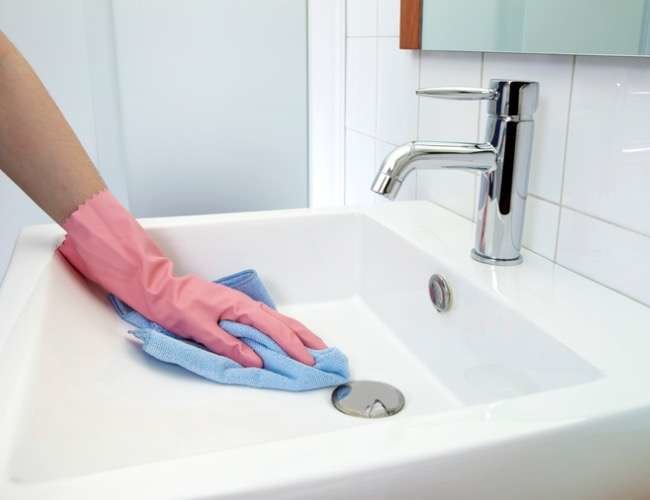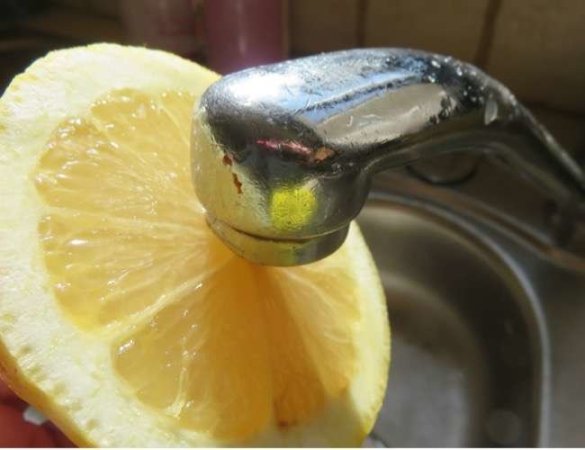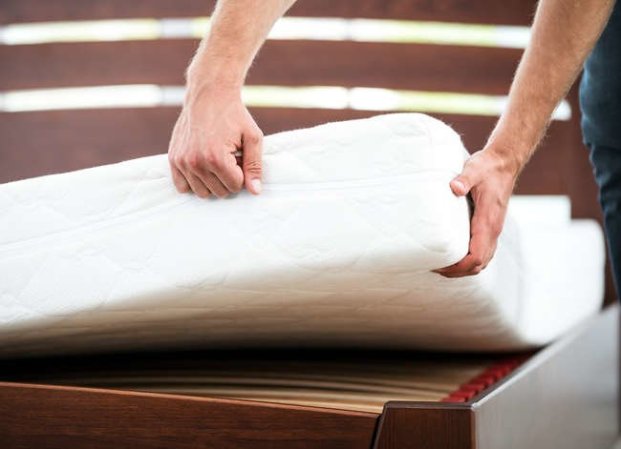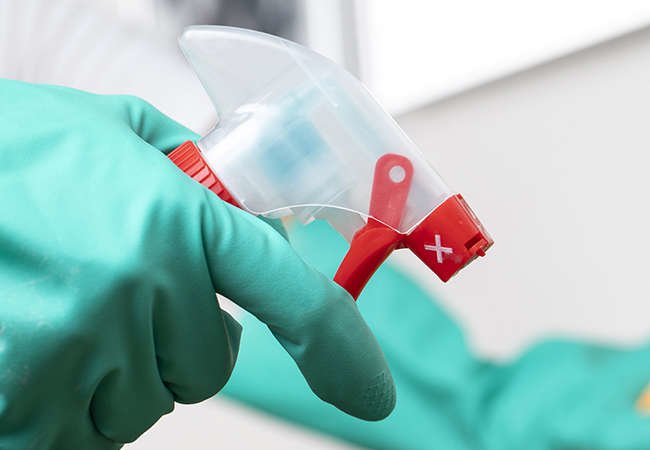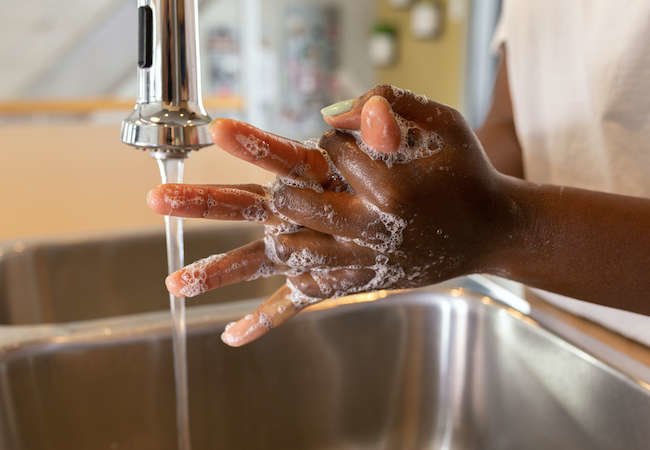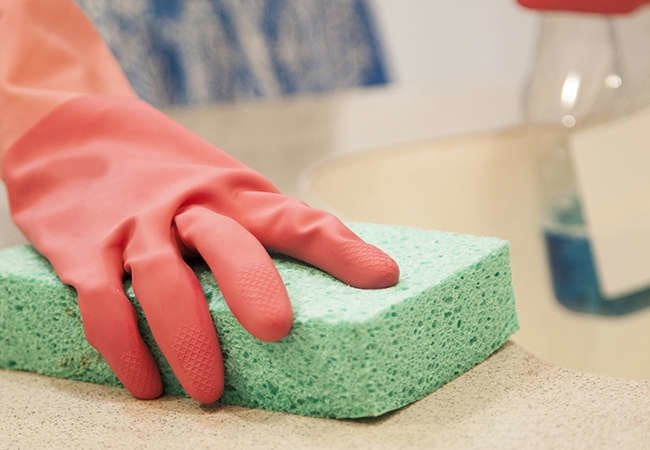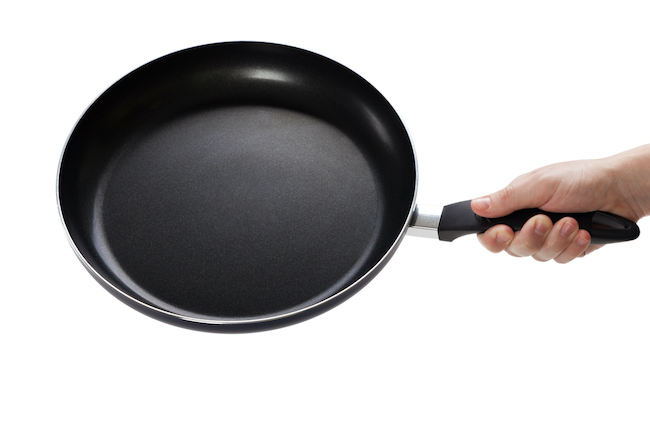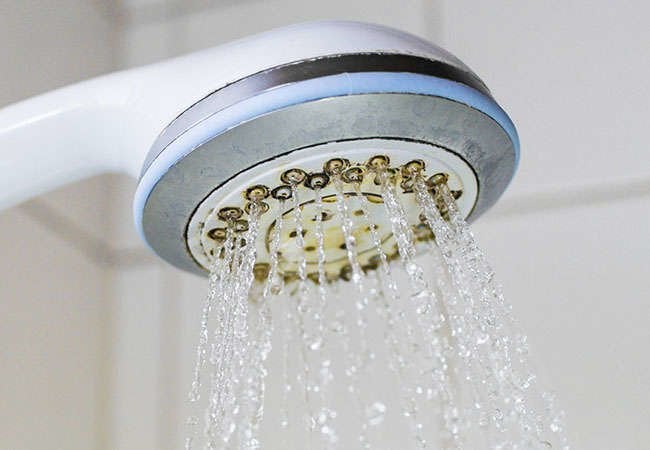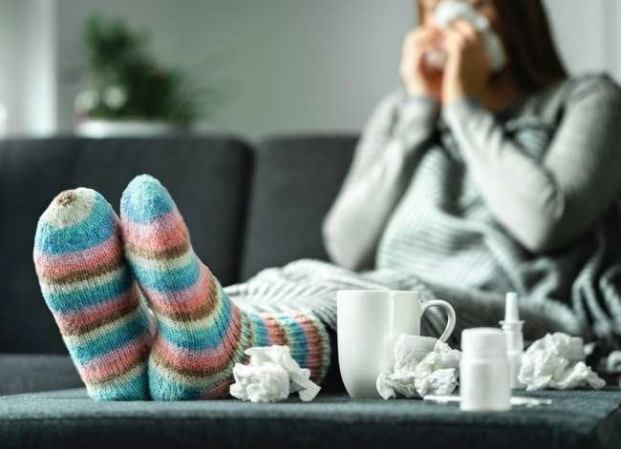We may earn revenue from the products available on this page and participate in affiliate programs. Learn More ›
They’re Everywhere!
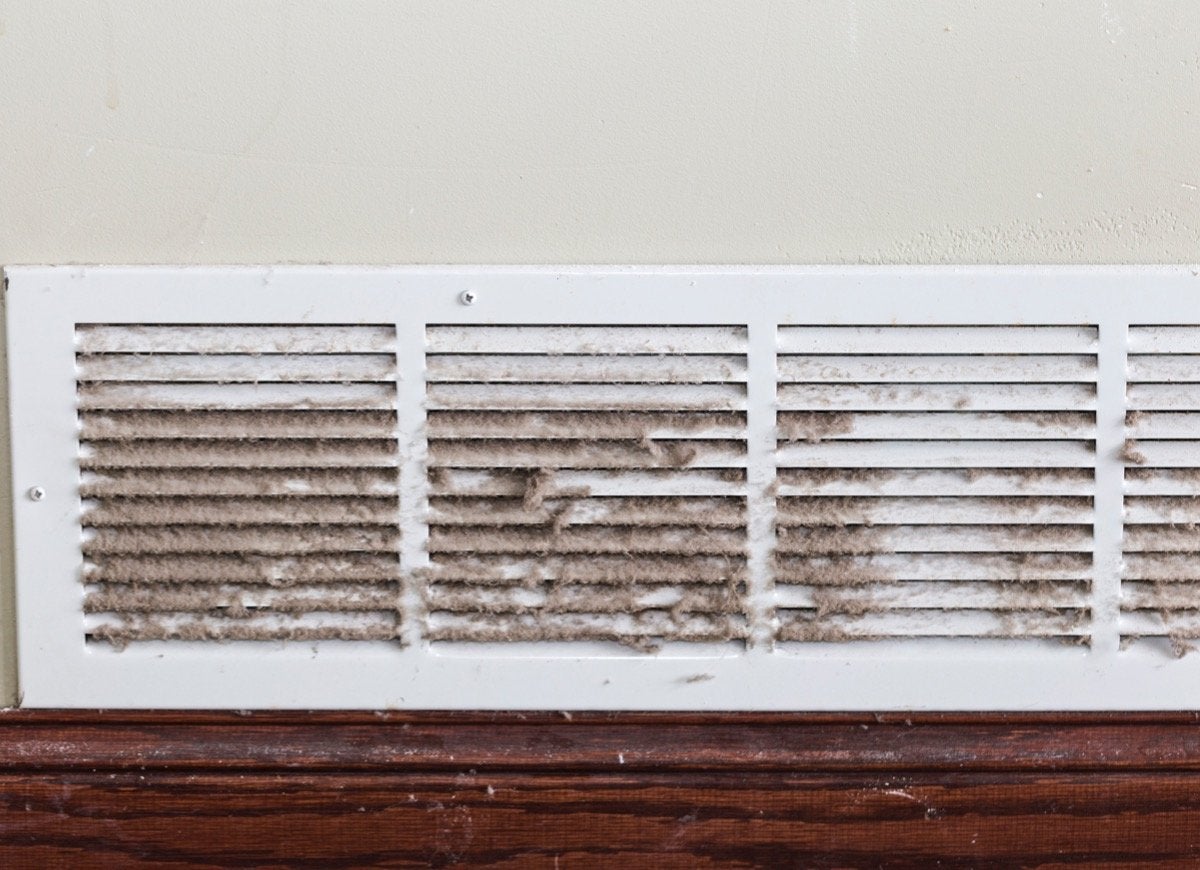
Germs—bacteria and viruses—are all around us. They’re found in the air, in the water, on the ground, and on virtually every surface, including our bodies. Most germs are not especially harmful to humans, and some are beneficial. But many germs can cause serious infections and can even be deadly. To maintain a healthy home, it’s important to control the spread of germs. Yet sometimes the things we do, or neglect to do, allow germs to thrive in our midst. Read on to find out ways that you may be unintentionally helping germs travel through your house.
By Not Washing Your Hands
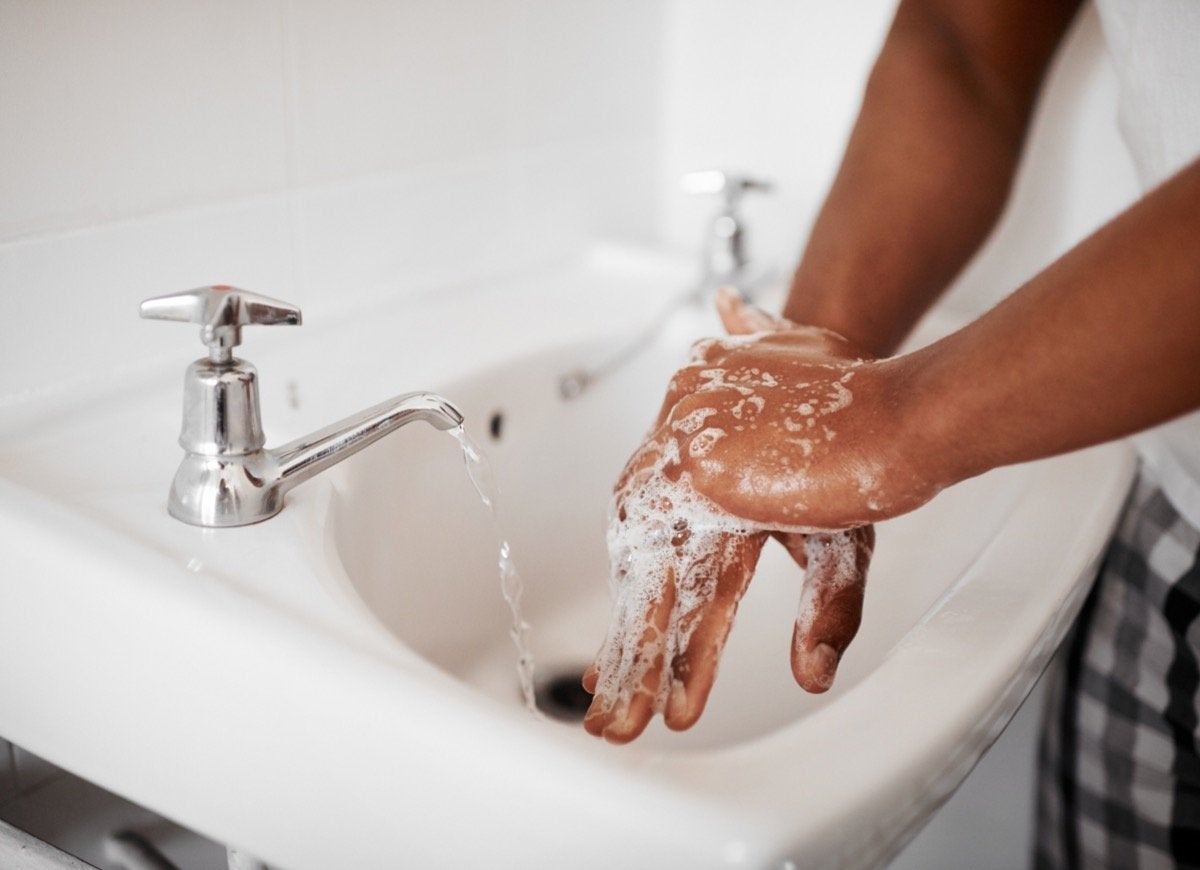
Imagine all the surfaces your hands come into contact with when you’re outside the home: your car door and steering wheel, the post office counter, the grocery store conveyor belt. Now imagine collecting germs from all those surfaces and spreading them throughout your house, from the kitchen and the bathroom to your bedroom pillow. That’s what you’re doing if you don’t wash your hands the minute you walk through your front door. Every time you return to the house, wash your hands thoroughly with warm water and soap for at least 20 seconds, and, of course, always wash after using the restroom, cooking, cleaning the kitchen, or handling potentially germ-laden items like raw chicken.
By Neglecting to Clean Surfaces
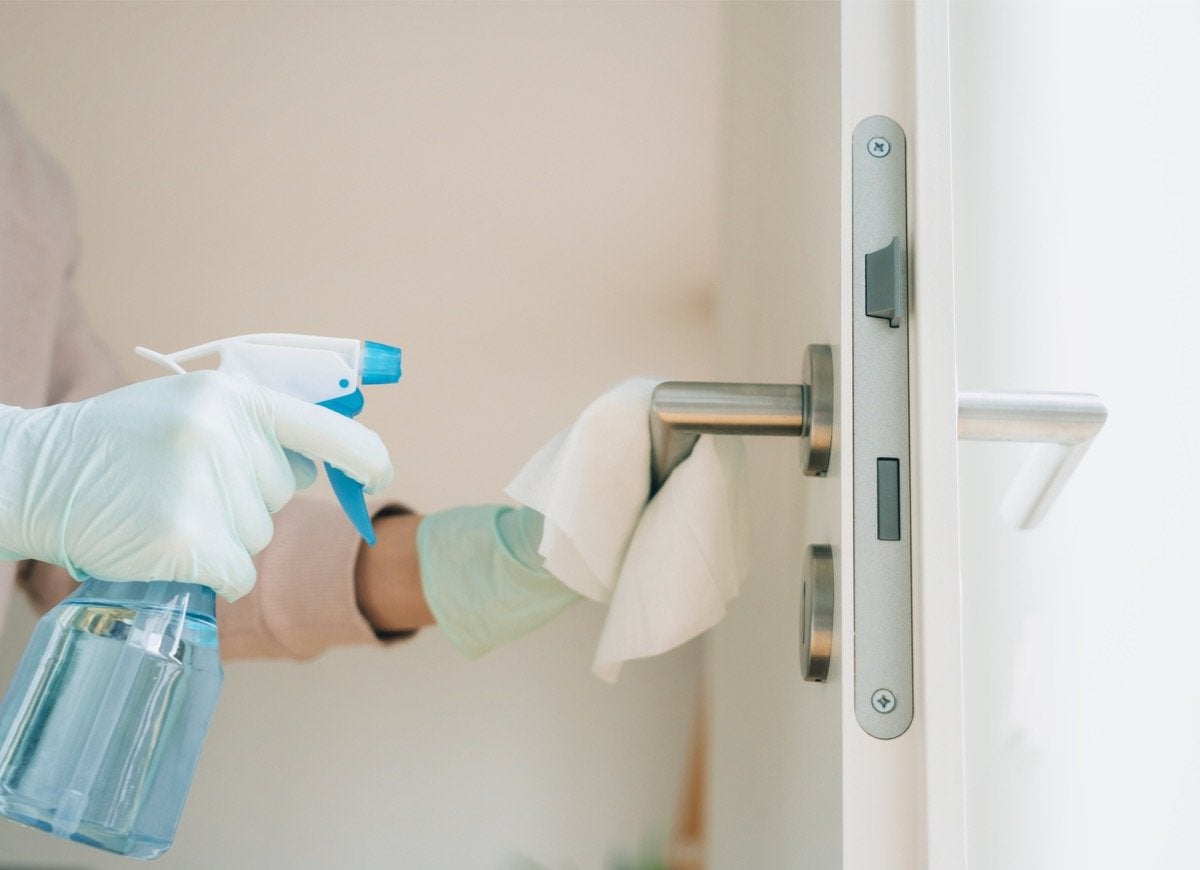
If your kitchen countertops get a good scrub down every day but your door handles and light switches are collecting dust, you’re giving germs a foothold in your house. Hard surfaces like door handles, drawer pulls, knobs, and switches can harbor viruses and bacteria, so clean them frequently. The CDC recommends using a solution of bleach and water or a disinfectant approved by the EPA for killing bacteria and viruses.
By Ignoring Packaging
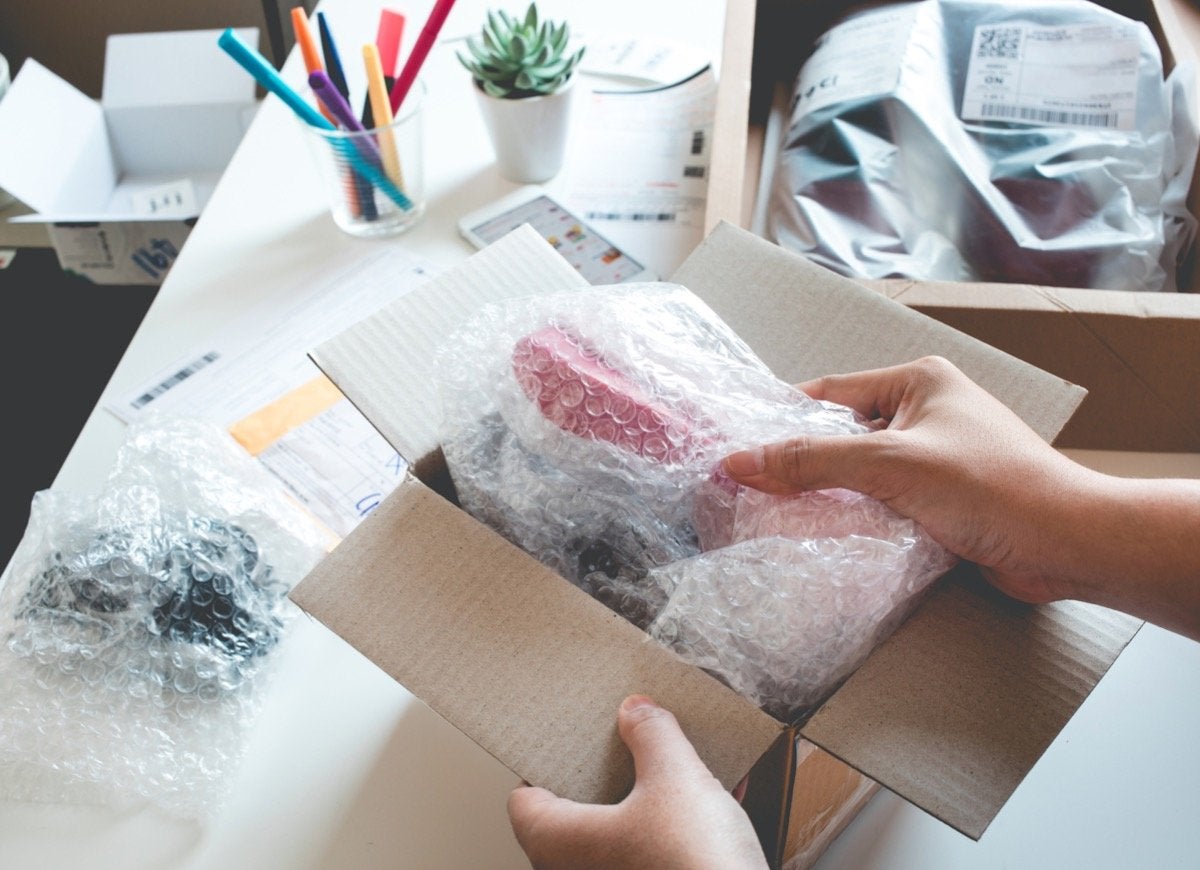
If you’re washing your hands when you come in from outside, that’s great—but don’t forget to clean the things you bring in with you. Boxes, bags, food packaging, and other materials could be vehicles for germs to enter your house. When possible, open packages and move the contents to a new receptacle, then discard the outer packaging material and wash your hands when you’re done. If you can’t discard the packaging, wash it with soap and warm water or sanitize it with rubbing alcohol or another disinfectant.
By Not Removing Your Shoes
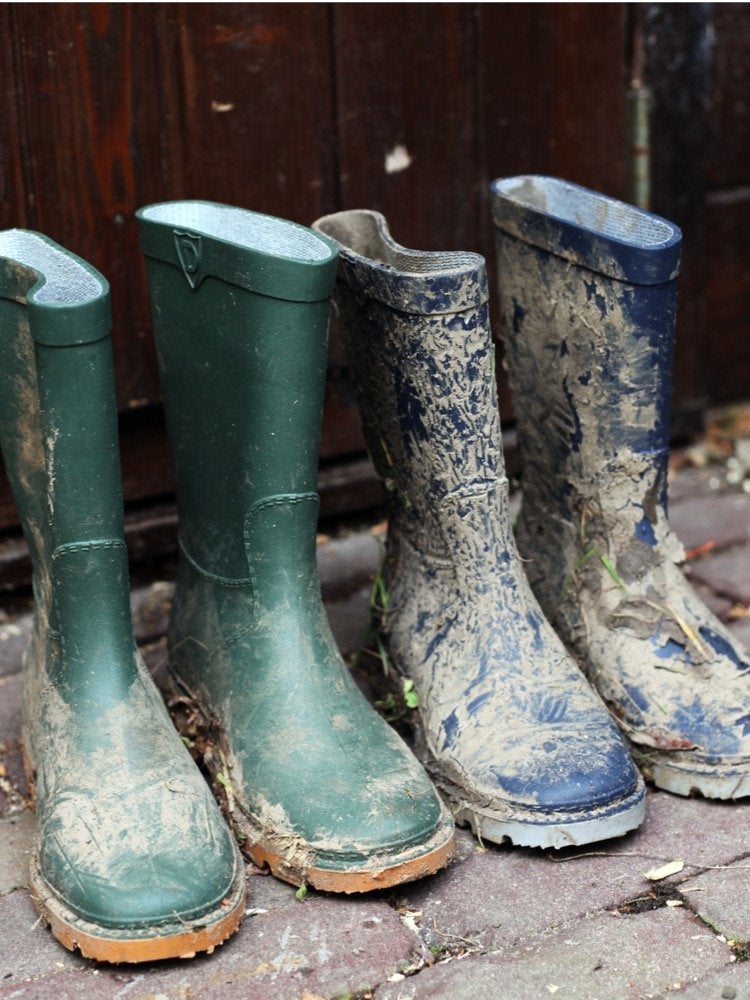
If you’re still allowing outdoor shoes to be worn inside your home, it’s time to reconsider your policy. When you’re outside, your shoes can pick up nasty germs and then deposit them on your floors and floor coverings. According to Jason Tetro, microbiologist and author of “The Germ Files,” your shoes can be a source of fecal coliforms (bacteria that generally originate in the intestines) as well as E. coli and other gut-dwelling bacteria. This is not a pretty picture. To avoid tracking germs into your house, leave your shoes at the doorway. As an added benefit, you’ll also cut down on the amount of dust and dirt trailed into your house.
By Not Wiping Pet Paws
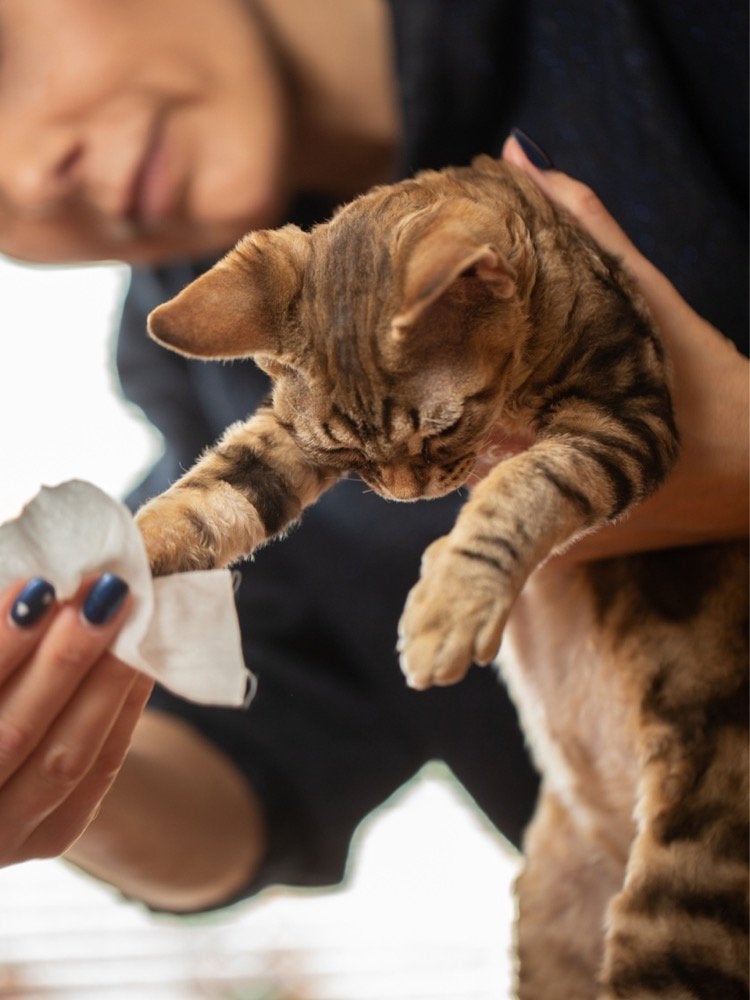
Your pets’ paws pick up germs from the ground in much the same way that your shoes do, so it is a good idea to wipe their paws with a pet-safe cleanser when they come inside. Also, don’t let pet waste pile up in the yard. Take a scooper and clean up the yard at least once a week; scoop indoor cat litter boxes once a day and replace litter once a week to reduce the spread of germs.
By Not Changing Your Clothes
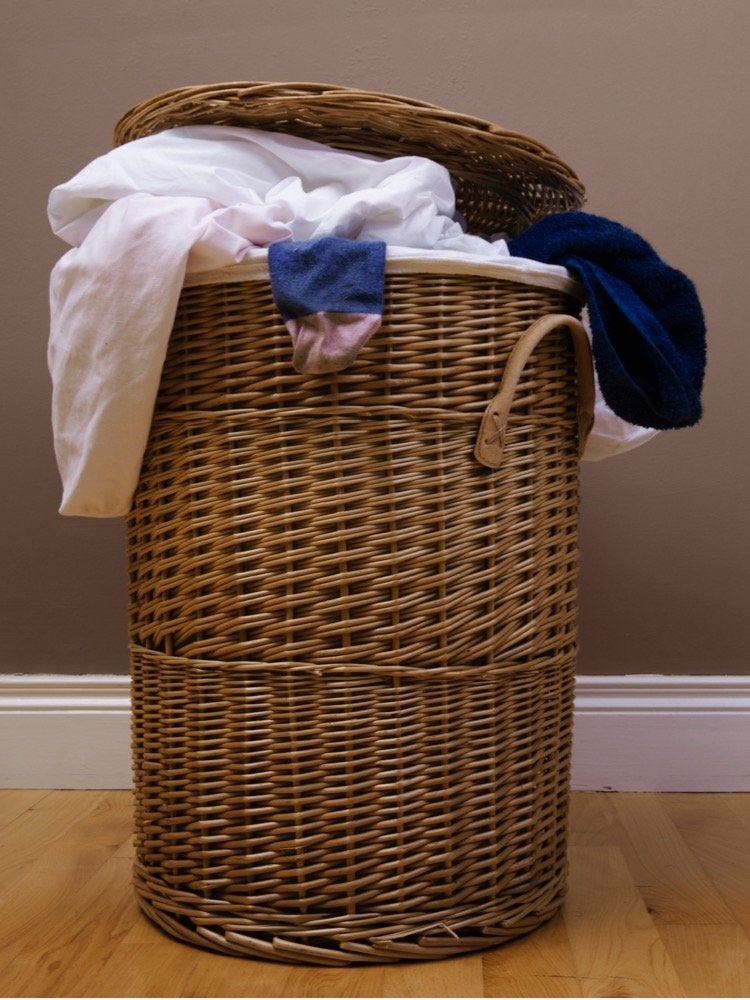
If you’re out all day in the same clothing, you should probably slip into something more comfortable—and less germy—when you get home. Germs can survive and even thrive on your clothing and then be transmitted to your furniture and bedding when you sit or lie down. To keep germs contained, change into a fresh outfit when you get home, and put previously worn garments in a clothes hamper or directly in the laundry room until they can be washed.
By Not Cleaning Your Phone

For many of us, our cellphones are almost an extension of our bodies, and we check—and touch—our devices with alarming frequency. If, however, you’re touching your mobile phone with unwashed hands, or setting it on countertops, dining tables, the bathroom vanity, or the car console, it is definitely picking up germs that it can then spread back to you as well as to any surface on which it is placed. It’s a good idea to wipe down your phone with an electronics-safe disinfectant at least once a day, ideally when you return from being out and about.
By Not Practicing Computer Hygiene
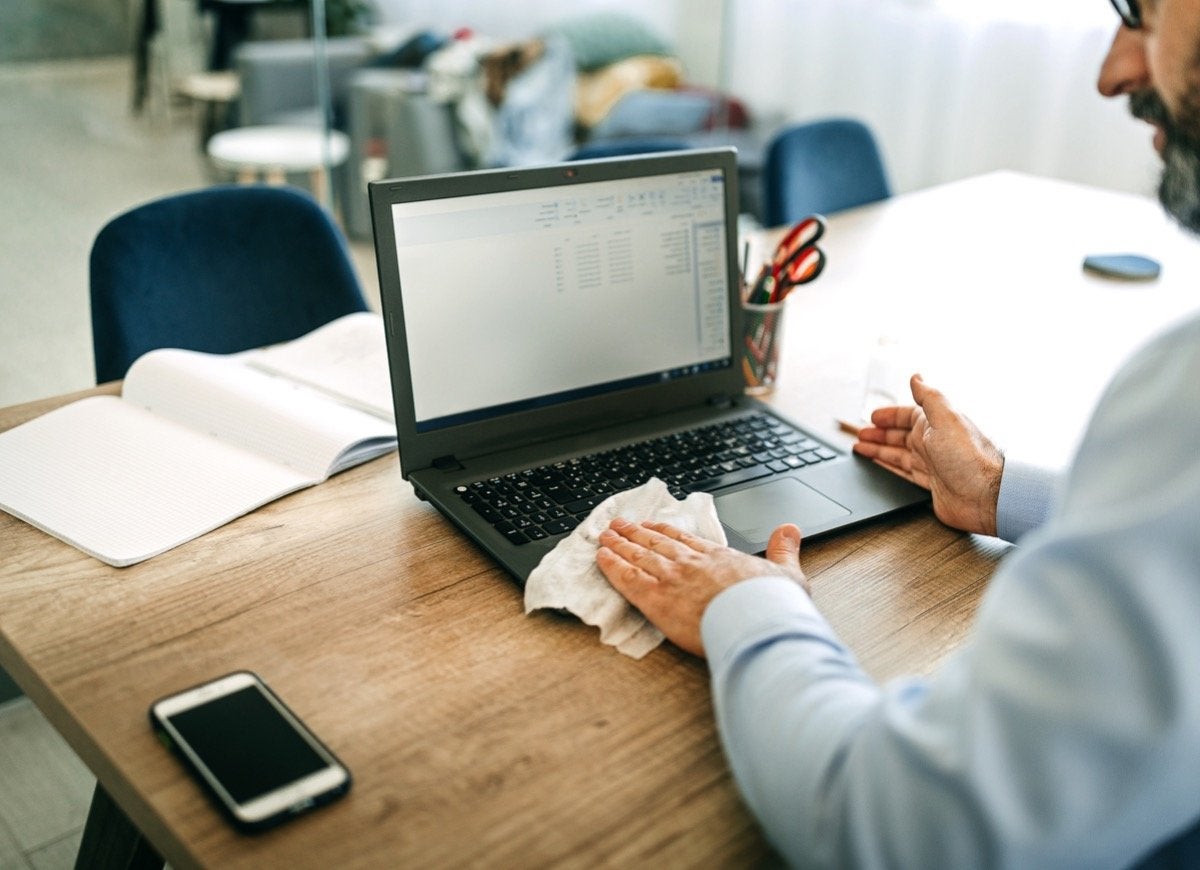
Whether you use your computer for work, play, or a combination of the two, one thing is certain: Your hands are in frequent contact with your machine. Germs can live on these hard surfaces for up to 48 hours, so it’s a good idea to clean your computer thoroughly at least once a day. Be sure to follow the manufacturer’s recommendations on cleaning, and use only cleaners that are safe for electronic devices.
By Ignoring the Kitchen Sink
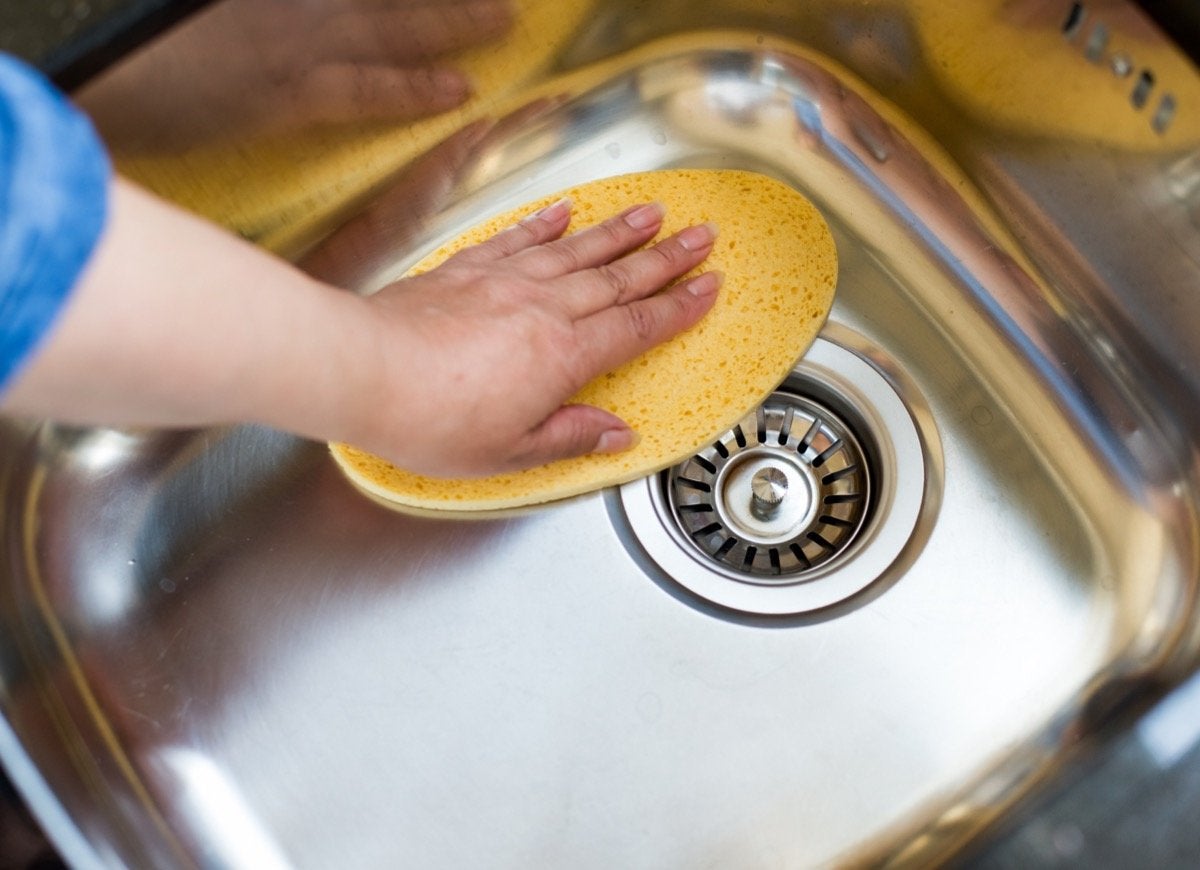
According to WebMD, studies have found that “the kitchen sink [has] more bacteria than the toilet or garbage can.” To minimize the spread of those germs throughout the kitchen and house, thoroughly clean and disinfect your kitchen sink—as well as appliances and food prep areas—at least once a day or, even better, after every meal. Pour a solution of 1 teaspoon bleach and 1 quart water down the kitchen sink drain to sanitize the drain and garbage disposal, or use white vinegar and baking soda as a natural disinfectant.
By Failing to Clean the Small Things
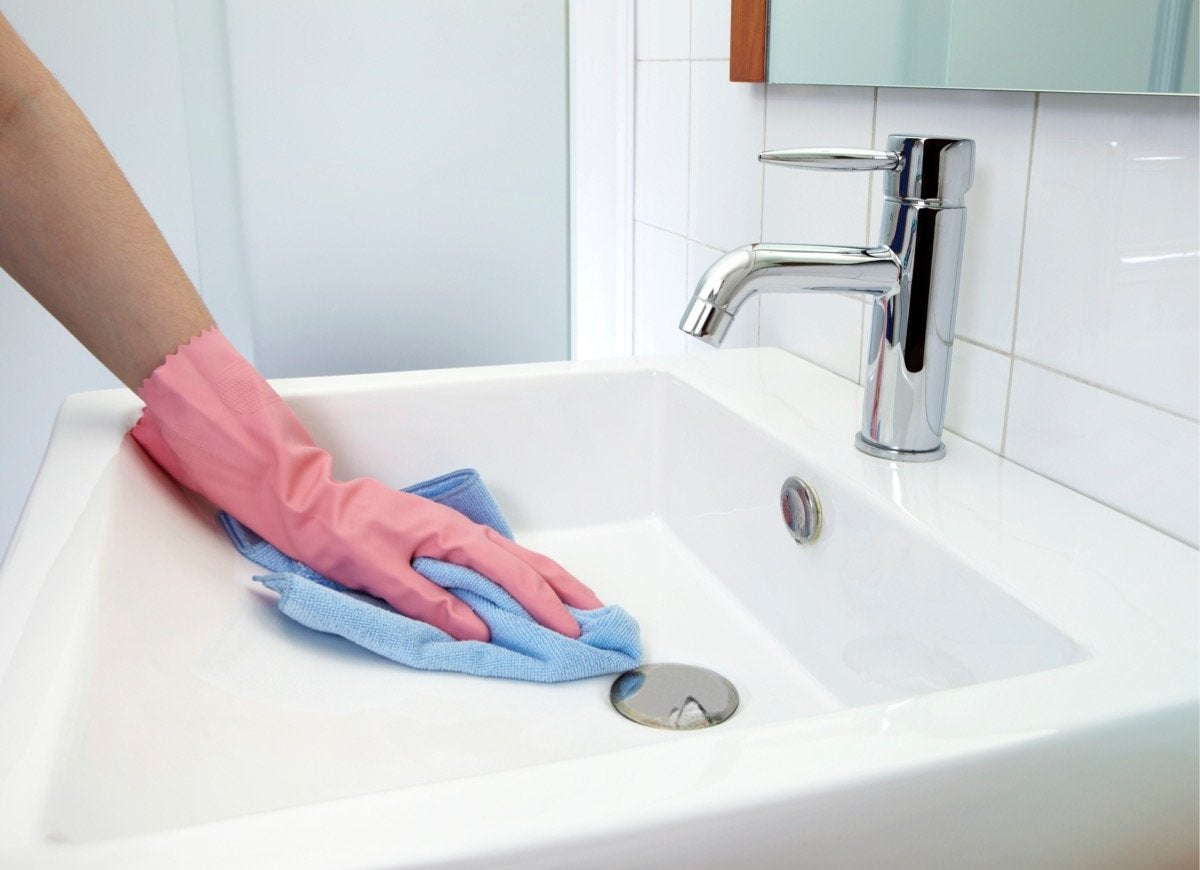
It’s no secret that the bathroom is a breeding ground for germs and that you should clean your sink, mirror, shower, and toilet on a regular basis. When you’re cleaning the bathroom, however, don’t overlook all those other germ-laden surfaces, such as the interior of the medicine cabinet, vanity pulls and knobs, toothbrush holders, soap dispensers, hair dryers, and drinking glasses. It’s also a good idea to stash your toothbrush holder and toothbrushes in a cabinet to avoid overspray from flushing and hand-washing.
Related: The Top 10 Germiest Spots in Your Home, According to Science
By Not Cleaning Children’s Toys
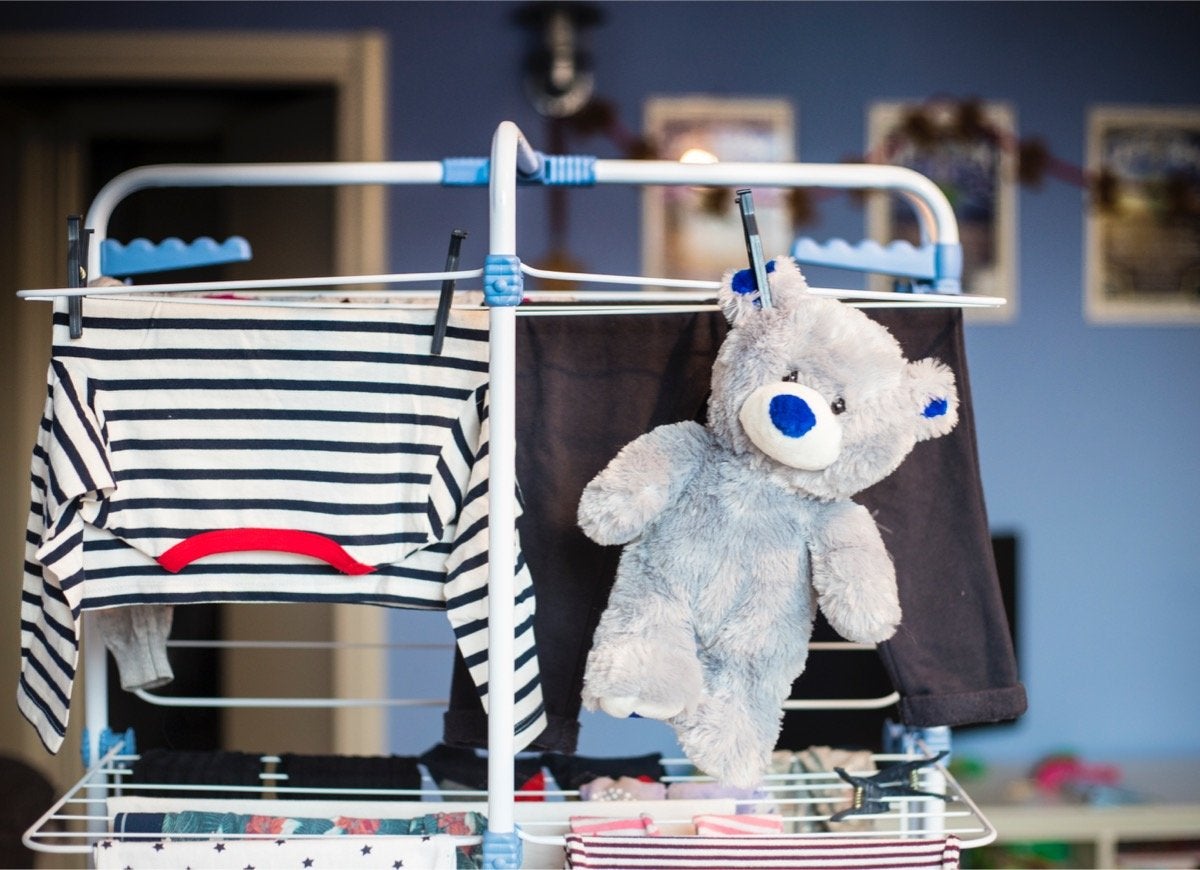
Toys migrate from one room to another almost as if they had lives of their own—and they do so with many germs in tow. Launder soft toys like stuffed animals regularly, and run hard toys through the dishwasher or soak them in hot soapy water to prepare them for good, clean fun.
By Not Changing Your Towels
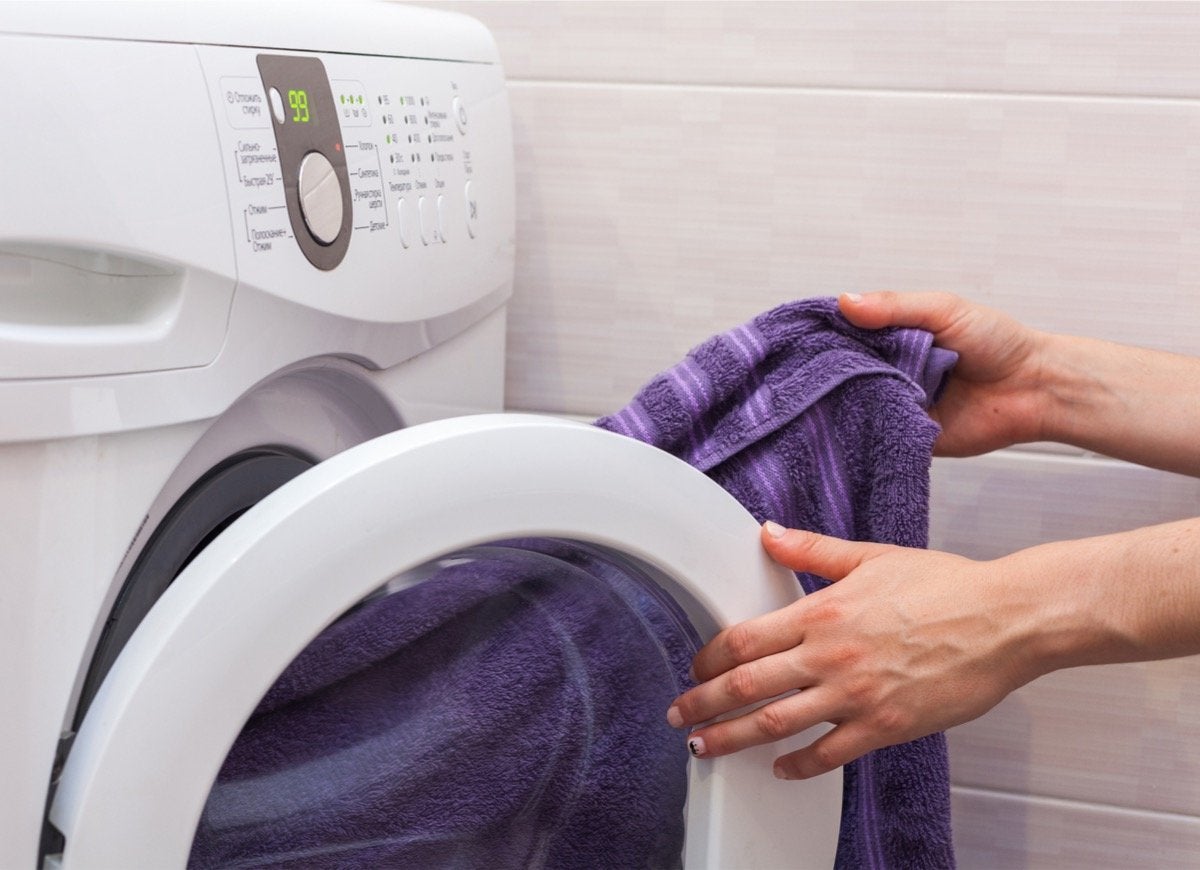
Even if you’re washing your hands more frequently than ever before, if you’re using the same towels day after day, you may just be exposing yourself to germs again. This is especially true of kitchen towels, which can be sources of cross contamination, spreading bacteria from food back onto just-cleaned dishes and hands. Replace your kitchen towels and hand towels on a daily basis to avoid leaving a “bacteria buffet” on the surface.
Related: Here’s How Often You Should Launder Every Item in Your Home

